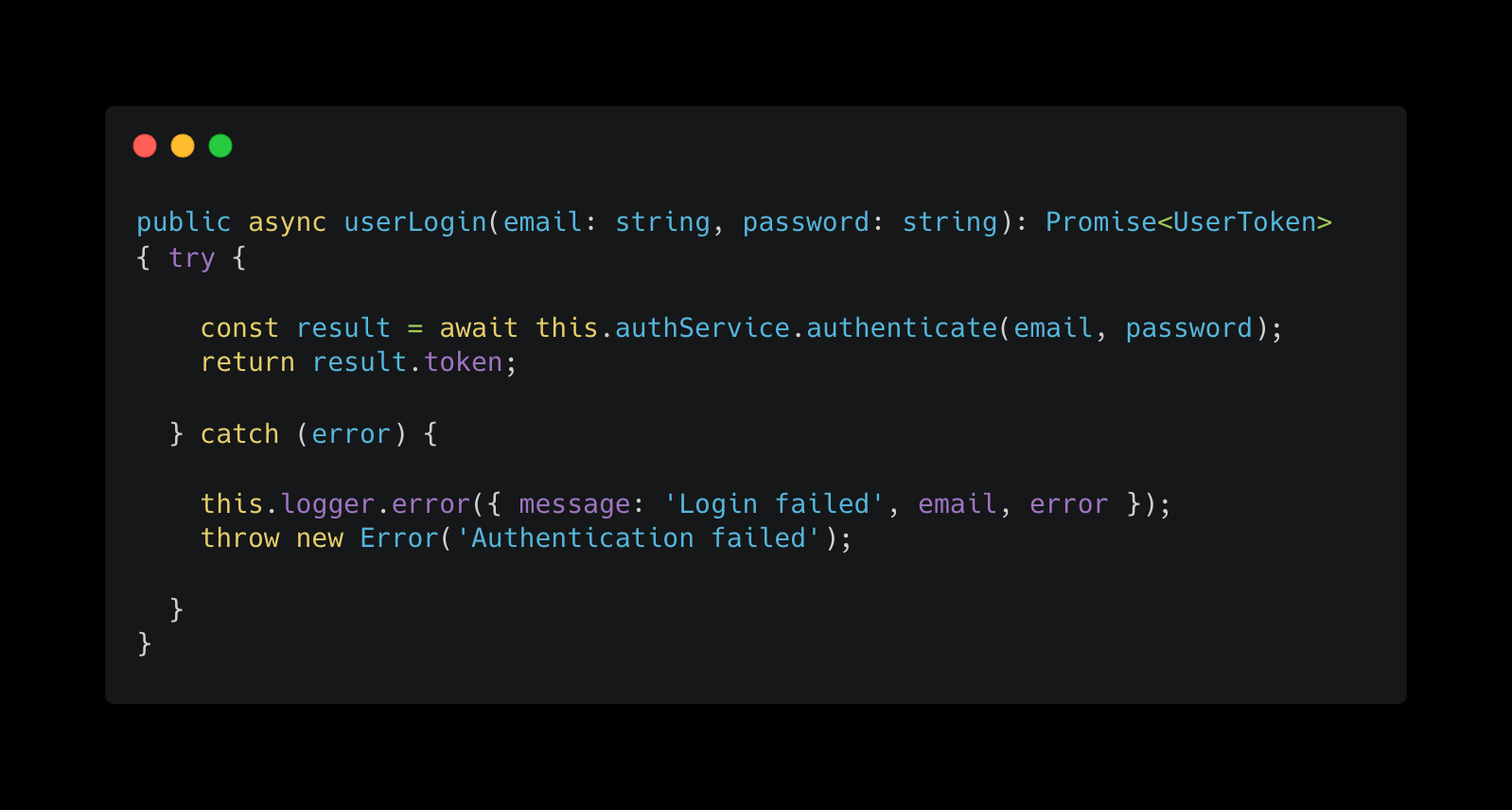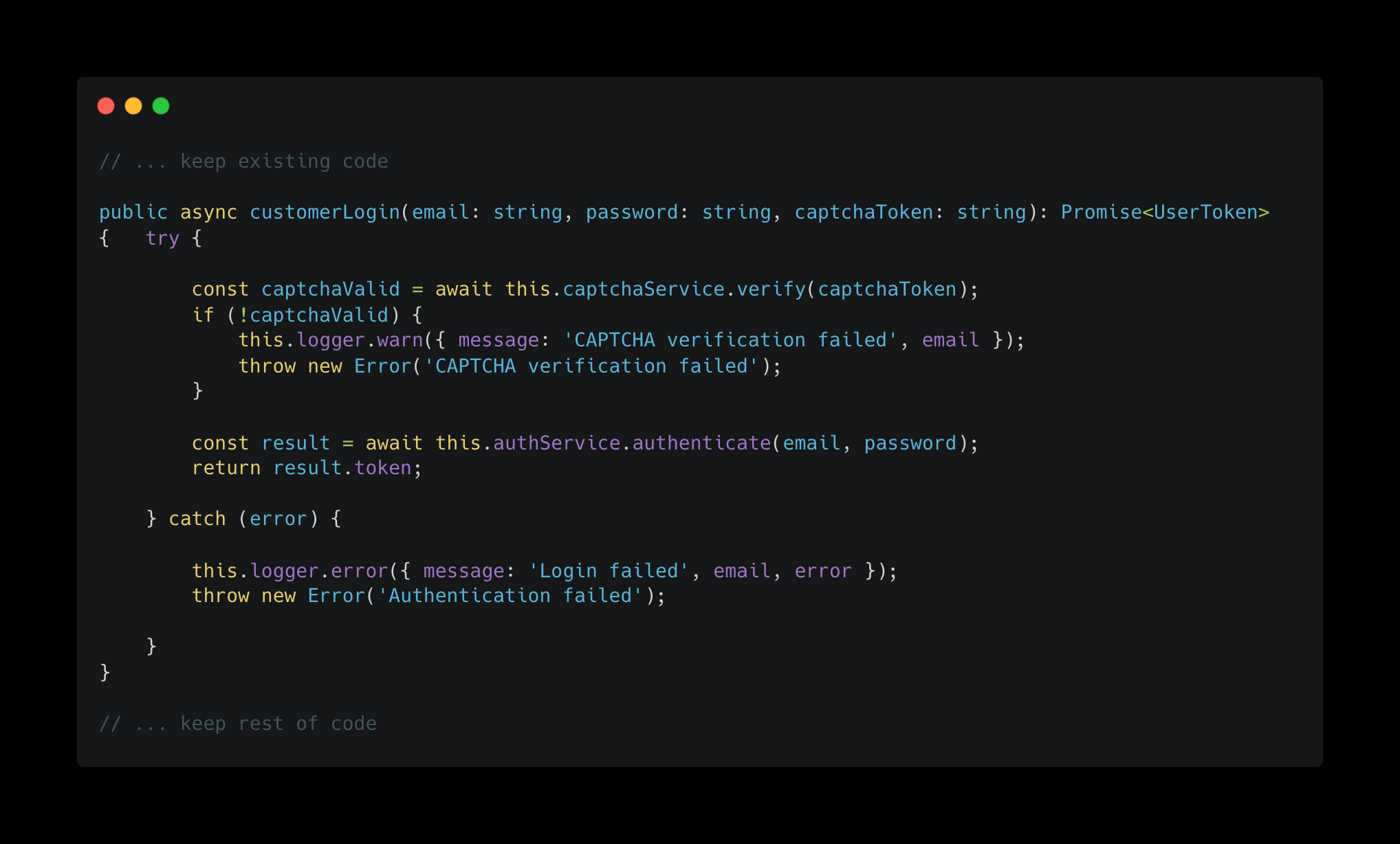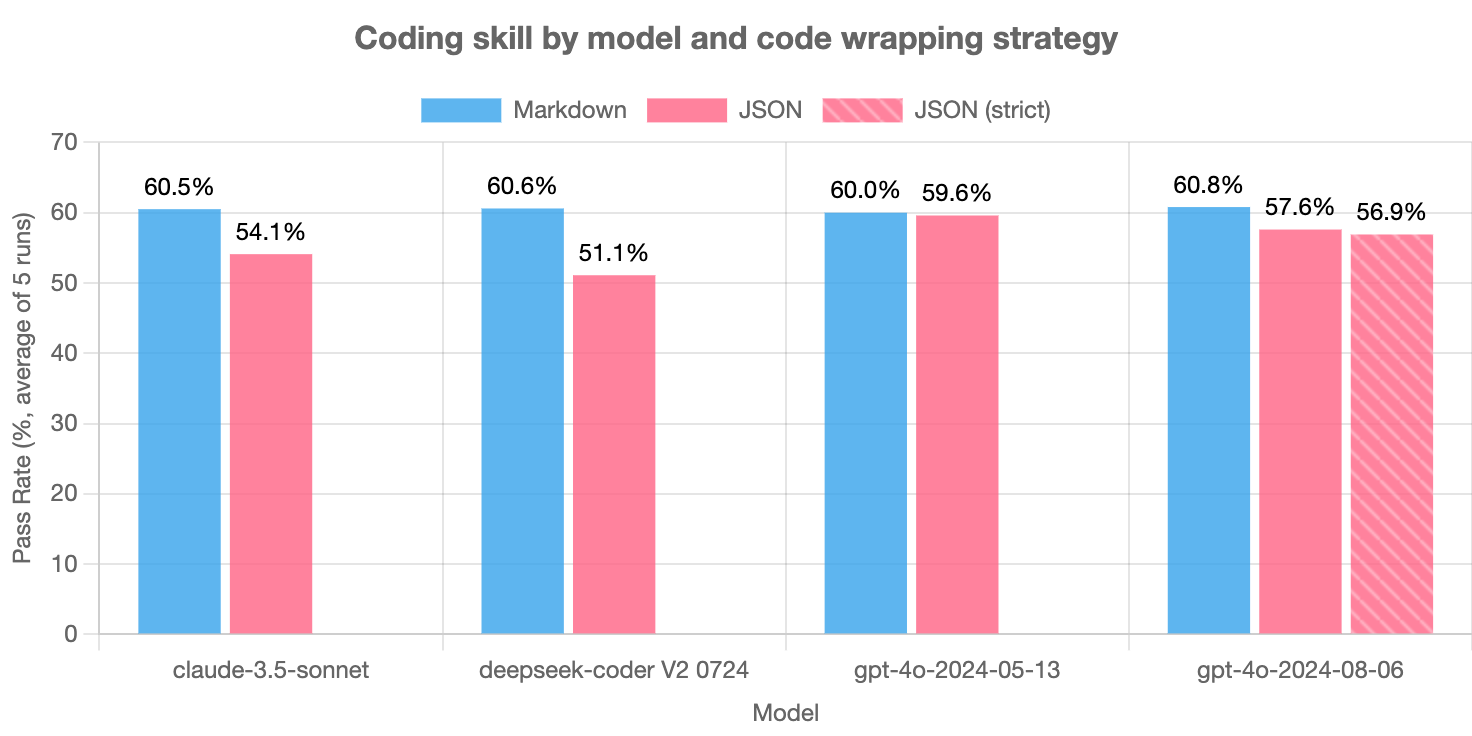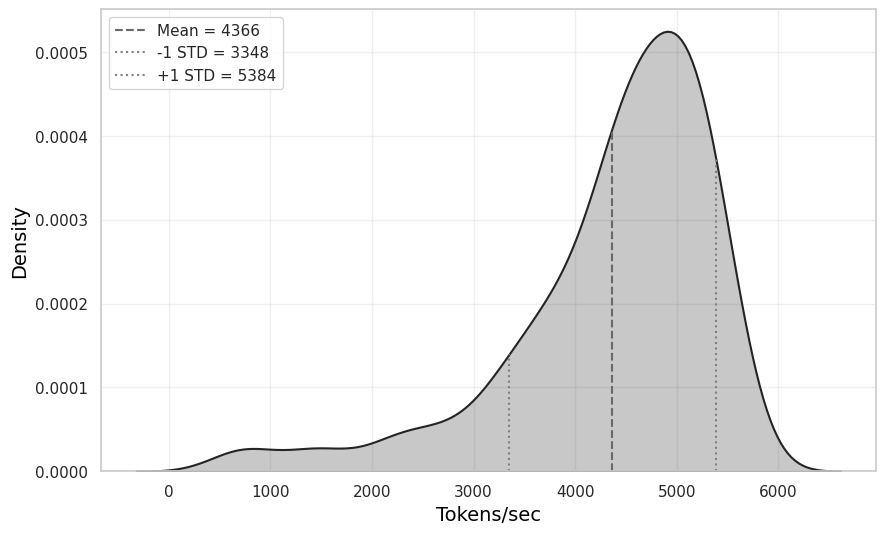This blog post is a collaboration with our friends over at Continue.dev, see their post from March.
Frontier models like Claude 4 are becoming unbelievably strong coders, but they're also slow and expensive. They generate text at ~100-200 tokens/sec and can cost upwards of $15 per million output tokens.
When you use frontier models to implement edits to your codebase, you're often paying premium rates for both valuable changes and unchanged sections alike.
Instant apply is about the separation of these concerns -- use heavyweight frontier models for the new sections of code, and use a lightweight apply model to merge the new into the old.
Working with LLM Laziness
Models instruction-tuned to adopt the assistant persona, are known to be lazy
for code generation tasks. Instead of writing the full code, LLMs tend to
replace large sections of unchanged code with comments like
// ... keep rest of code unchanged. It's a behavior stemming from the nature
of training data on websites like Stack Overflow, and the strict limitations on
output sequence length (usually 8192 tokens).
This was annoying when the dominant workflow involved copy/pasting code to and from the ChatGPT web UI, but it's a total show stopper for automated agentic coding systems. Of course, you can always yell at the model in your prompt with something like: ** DO NOT TRUNCATE CODE OR YOU WILL BE FINED **. This can work, especially with modern models, but it's still an inefficient use of resources.
Instead, we can use this laziness to our advantage by training a small, much faster LLM that merges the truncated edits into the original code. [1]
Why Is Merging Hard?
A natural question is: Why do we even need an LLM to do the merge -- can we not write an algorithm to deterministically merge the lazified LLM output?
Here's an example that shows why it's difficult to write a general algorithm for this. Say we have the following login function within a file that handles auth.

Suppose a user prompts the frontier model to: "Rename userLogin to customerLogin and verify that the captcha is passed before allowing the customer to log in."
A corresponding edit snippet from Claude might look like this.

In this situation, you can see the challenge of writing a generalized algorithm
that would correctly replace userLogin with customerLogin. The name of the
function has changed in addition to the body, and most simple merging algorithms
would end up adding the customerLogin as a new function.
You could, in theory, prompt the model to include the requisite information in the comments that makes the deterministic merge possible. However, this starts to creep into the territory of structured diff formats, which have their own sets of challenges
LLMs Aren't Used to Diffs
There's a lot of evidence showing LLMs generate lower quality code when they are forced to simultaneously think about formatting the output correctly. Aider did a comprehensive study for outputs structured as JSON, and a Taiwanese research group investigated the effects with a variety of more unusual formats.

A common strategy for reducing the token budget on edits is to use a search/replace or uDiff format, which can then be deterministically merged. The problem is frontier LLMs aren't explicitly optimized for these structured formats. Search/replace methods with average failure rates of 10-15% drop to 4% when switching to lazy ouputs + apply.
Moreover, these structured diff formats are still relatively token inefficient. Having to specify all added/deleted lines explicitly with uDiff or writing find blocks in search/replace requires 1.5-2x more tokens than the lazy outputs.
By working with the model's natural tendencies to produce lazy edits and using a thin layer of intelligence from a specialized apply model, we can achieve consistently higher quality, faster, and cheaper results.
Relace Instant Apply
Relace's Instant Apply model is trained on a large dataset of examples with initial code, lazy edit snippets, and correctly merged final code across dozens of common programming languages. The wide variety of lazy LLM outputs it sees during training makes it very robust to edge cases in production at ~96% accuracy.
This makes it significantly better at merging code than much bigger, stronger models.

Our model is also deployed using an optimized speculative decoding algorithm to achieve unreal speeds of 4300 tokens/second on average. This is 40x faster than Claude 4 Sonnet, and 14x faster than GPT-4o-mini with predictive edits.

Due to the nature of speculative decoding, the speed of the model varies based on the complexity of the edit you are doing.
To play around with the model yourself, check out our model playground, and read in depth about how to integrate on our docs.
